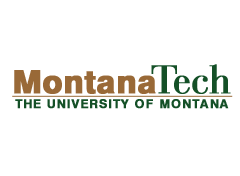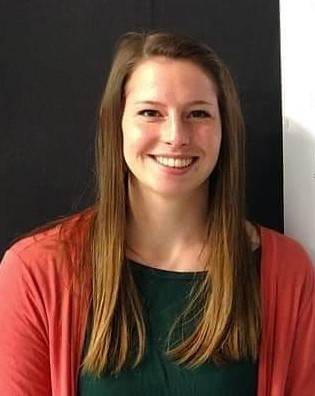Below is a summary of the abstract you submitted. Presenting author(s) is shown in bold.
If any changes need to be made, you can modify the abstract or change the authors.
You can also download a .docx version of this abstract.
If there are any problems, please email Dan at dar78@pitt.edu and he'll take care of them!
This abstract was last modified on May 15, 2019 at 4:17 p.m..

Twenty-three Mycobacterium smegmatis lysogen strains were created and grown using phages from 2018 SEAPHAGES laboratories. The bacterial cells and colonies of lysogenic and wildtype bacteria were visualized using Acid-Fast staining and colony growth on 7H10+++ agar plates. Each lysogen and the wildtype M. smegmatis were grown on 7H10+++ agar plates at 26°C, 30°C, 37°C, 42°C, and 50°C for 7 days. The plates were examined once per day.Lysogenic and wildtype M. smegmatis culture samples were treated with EtBr (2μg/mL) at 8 hrs., 16 hrs., and 24 hrs. of growth. The cells were visualized at 400x magnification with fluorescence microscopy. Three lysogen strains and wildtype were cultured in different 7H9 media of different CaCl2 and glycerol concentrations. OD readings were taken over 3 days of culture growth. Among the lysogen strains, differences in colony morphologies and growth rates were observed.

